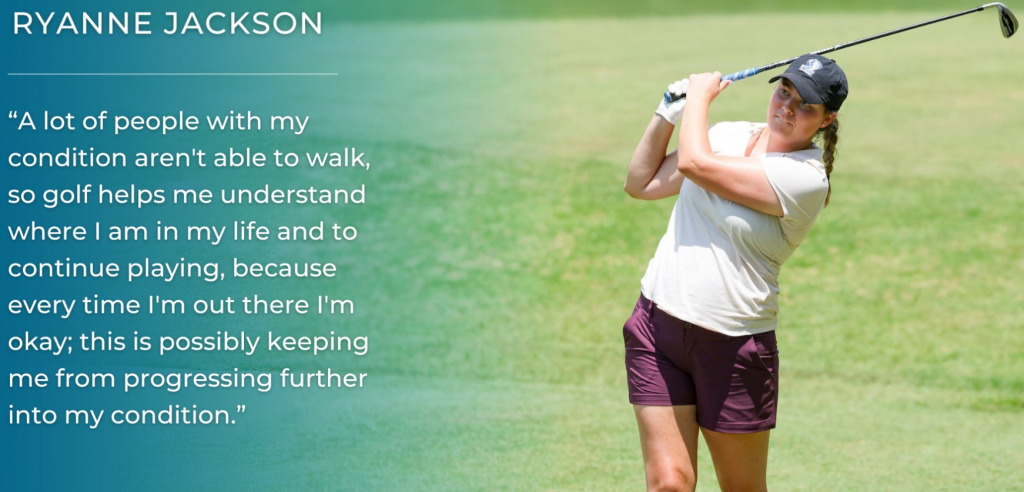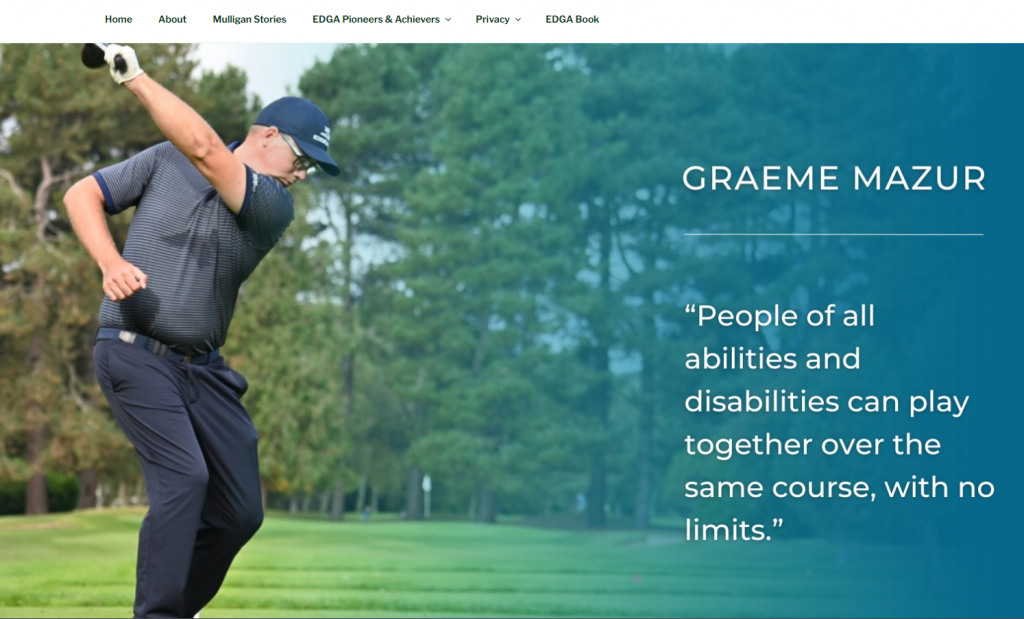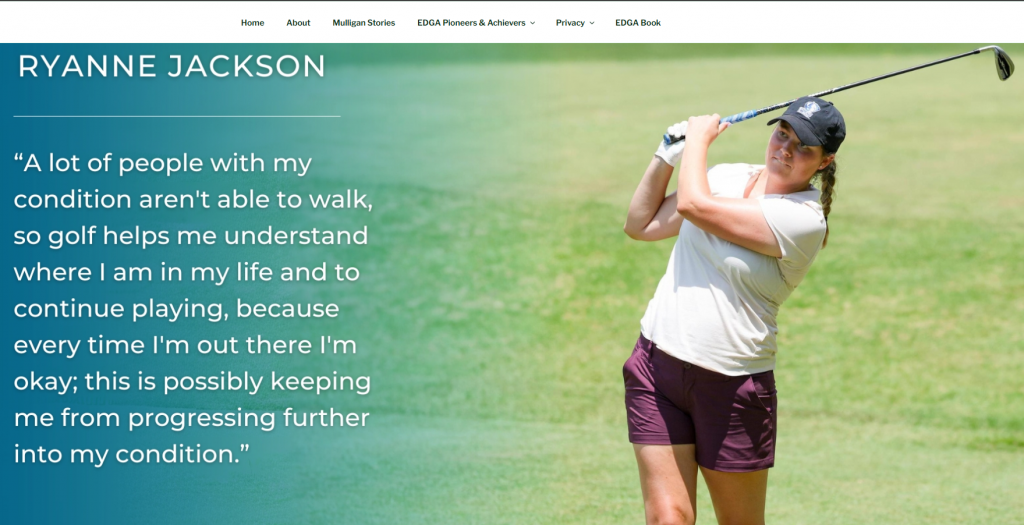
Who is affected by neurological disorders?
- Neurological disorders can affect people of all ages, from children to adults, and are a significant cause of disability and death worldwide.
- The prevalence of neurological disorders is increasing, partly due to the aging population and improved survival rates for conditions like stroke.
- Some disorders are more common in certain groups, such as older adults (Alzheimer’s disease) or those with a family history of certain conditions.
What are the causes of neurological disorders?
- Neurological disorders can be caused by various factors, including genetics, infections, trauma, autoimmune conditions, and age-related changes.
- Some disorders are inherited, while others are caused by environmental factors or lifestyle choices.
- Research is ongoing to understand the specific causes of many neurological disorders and to develop better treatments and preventative measures.
What are the treatments for neurological disorders?
Treatments can include medication, therapy, surgery, and lifestyle changes. Frequently, stroke/TIA survivors and those with other unilateral neurological conditions find that playing golf is possible when utilising only their lead or trail side. When doing so, the player interacts with the club handle via one arm/hand, and although the opposing limb may still be present, it may be of little or limited use. Here, the golf coach will be required to experiment with different equipment and support the player in their exploration of playing the game with either the lead or trail side.
Treatment for neurological disorders varies depending on the condition and the individual’s needs.
Some treatments focus on managing symptoms, while others aim to slow the progression of the disease or even cure it.
- Affects way body works / people think
– memory problems, slow thinking, speech / vision
/ mobility impairments (Sacco et al., 2006) - After stroke, life changes significantly
– cannot take part in previous activities
– difficulties taking part in something new - Physical activity post stroke can help aid recovery and reduce likelihood of recurrent strokes
- Barriers to physical activities include;
– Concerns around balance/falling
– Lack of services, transport & support
– Perceptions about PA prerequisites needed
Stroke survivors particularly usually have some varied levels of hemiplegia (half paralysis) and subsequent grip strength issues, usually playing single arm will help, also try left and right hand so you can explore lead and trail arm movement patterns, and pressure advantages from playing lead or trail foot with the player (as pressure trace and loading will be limited if hemiplegia is evident in one side) – you can then support the player on which would work best.. Driven by their feedback and results – consistency of strike, distance and adequate direction control.
- Lighter equipment is good when moving to single arm initially.
- Don’t be afraid to use hybrid clubs and drivers to optimise speed.
- Work with their wider rehabilitation team such as physiotherapists etc.
Neurological glossary:
Ataxia describes poor muscle control that causes clumsy movements. It can affect walking and balance, hand coordination, speech and swallowing, and eye movements. Ataxia usually results from damage to the part of the brain called the cerebellum or its connections. The cerebellum controls muscle coordination.
Brachial plexus injury occurs when the network of nerves that control movement and sensation in the arm and hand is damaged, often due to trauma, such as falls, car accidents, or childbirth. This damage can cause pain, weakness, numbness, or paralysis in the affected limb. The brachial plexus is the group of nerves that sends signals from the spinal cord to the shoulder, arm and hand. A brachial plexus injury happens when these nerves are stretched, squeezed together, or in the most serious cases, ripped apart or torn away from the spinal cord.
Minor brachial plexus injuries, called stingers or burners, are common in contact sports, such as football. Babies sometimes get brachial plexus injuries when they’re born. Other health issues, such as inflammation or tumors, may affect the brachial plexus.
The most serious brachial plexus injuries happen during car or motorcycle accidents. Bad brachial plexus injuries can leave the arm paralyzed, but surgery may help
Essential tremor is a nervous system condition, also known as a neurological condition. It causes rhythmic shaking that you can’t control. Essential tremor can affect almost any part of the body, but the trembling happens most often in the hands. The trembling occurs especially when doing simple tasks, such as drinking from a glass or tying shoelaces.
Essential tremor usually is not a dangerous condition. However, it typically worsens over time and can be severe for some people. Other conditions don’t cause essential tremor, but essential tremor sometimes is confused with Parkinson’s disease.
Essential tremor can happen at any age but is most common in people age 40 and older.
Grip strength is a measure of muscular strength or the maximum force/tension generated by one’s forearm muscles. It can be used as a screening tool for the measurement of upper body strength and overall strength. It is most useful when multiple measurements are taken over time to track performance.
Research indicates that grip strength may have use as a prognostic indicator for health outcomes, as further discussed below. Grip strength is normally measured by a handheld dynamometer.
Hemiplegia is paralysis of one side of the body. The most common cause is a stroke, but it may also be caused by, for example, diseases affecting the spinal column or the brain hemispheres. Hemiplegia may be present from birth or develop later in life.
Hypertonia is a condition in which there is too much muscle tone so that arms or legs, for example, are stiff and difficult to move. Muscle tone is regulated by signals that travel from the brain to the nerves and tell the muscle to contract.
Impaired muscle power refers to a health condition that either reduces or eliminates the ability to voluntarily contract muscles to move or generate force. This can affect the ability to move limbs or the lower half of the body. Examples of conditions leading to impaired muscle power include spinal cord injuries, spina bifida, or poliomyelitis.
- Reduced muscle force: Impaired muscle power means that muscles or muscle groups generate less force than normal.
- Affected body regions: This impairment can affect one limb or the lower half of the body.
- Underlying conditions: Spinal cord injuries, spina bifida, and poliomyelitis can all lead to impaired muscle power.
- Voluntary muscle contractions: The ability to voluntarily contract muscles to produce movement or generate force is diminished or absent.
Muscle atrophy, also known as muscle wasting, is the loss of muscle mass and strength. It can be caused by a variety of factors, including inactivity, aging, malnutrition, and underlying medical conditions. Damage to nerves supplying muscles, such as spinal muscular atrophy (SMA), can lead to muscle wasting
Muscle Tone In physiology, medicine, and anatomy, muscle tone (residual muscle tension or tonus) is the continuous and passive partial contraction of the muscles, or the muscle’s resistance to passive stretch during resting state.
Peripheral neuropathy, often shortened to neuropathy, refers to damage or disease affecting the nerves. Damage to nerves may impair sensation, movement, gland function, and/or organ function depending on which nerve fibers are affected. Neuropathies affecting motor, sensory, or autonomic nerve fibers result in different symptoms. More than one type of fiber may be affected simultaneously. Peripheral neuropathy may be acute (with sudden onset, rapid progress) or chronic (symptoms begin subtly and progress slowly), and may be reversible or permanent.
Spasticity is a neurological condition characterized by an abnormal increase in muscle tone, causing muscles to feel stiff or tight and resist being stretched. It often results from damage to nerve pathways in the brain or spinal cord, commonly associated with conditions like stroke, multiple sclerosis, cerebral palsy, and spinal cord injury.
- Muscle Tone and Spasticity: Muscles normally have a certain level of tension to maintain posture and movement. In spasticity, this tone is abnormally increased, making it difficult to move limbs smoothly or stretch muscles.
Player Stories
Gain further insights to how golfers with various neurological functions play via the EDGA Player Stories – Click on the following Player Stories to read and listen to EDGA Player Stories.





Further Player Stories can be found via clicking on the image link below:

*This material remains the intellectual property of the EDGA development team and may not be distributed or used further without written consent from the EDGA development team.
